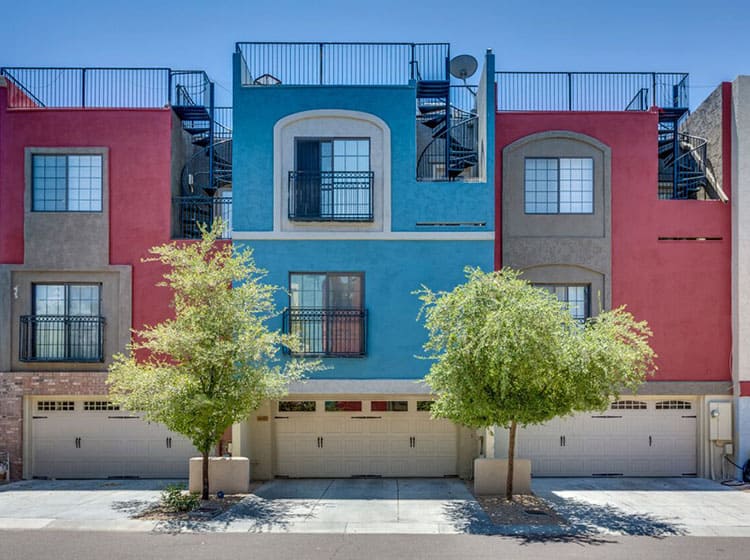Essential Seasonal Aspects Of Commercial Outside Paint: What You Must Understand
Essential Seasonal Aspects Of Commercial Outside Paint: What You Must Understand
Blog Article
how to remove paint from carpet home remedies -Doherty Whalen
When you're planning an industrial exterior painting job, seasonal elements can make or damage your outcomes. ceiling and one wall same color 'll want to consider how temperature level and moisture influence paint application and drying times. Choosing the best period can ensure your paint sticks correctly and lasts longer. However which seasons are absolutely the best for this sort of work? Allow's discover local painter near me that can impact your job's success.
The Impact of Temperature on Paint Application
When you're intending a business outside paint job, the temperature level can considerably influence exactly how well the paint adheres and dries.
Ideally, you intend to repaint when temperature levels range in between 50 ° F and 85 ° F. If it's too cool, the paint might not cure properly, leading to issues like peeling or splitting.
On the other hand, if it's also warm, the paint can dry out as well promptly, avoiding proper bond and causing an uneven finish.
You must additionally think about the moment of day; early morning or late afternoon uses cooler temperatures, which can be extra positive.
Constantly inspect the maker's recommendations for the particular paint you're making use of, as they commonly provide assistance on the suitable temperature range for ideal results.
Humidity and Its Result on Drying Times
Temperature isn't the only ecological aspect that affects your commercial outside paint job; moisture plays a significant role also. High moisture levels can decrease drying times significantly, impacting the general high quality of your paint task.
When the air is filled with wetness, the paint takes longer to heal, which can cause issues like poor adhesion and a greater risk of mold growth. If you're repainting on a specifically damp day, be prepared for prolonged delay times between layers.
It's important to monitor regional weather and plan as necessary. Preferably, go for humidity degrees in between 40% and 70% for ideal drying out.
Keeping these factors in mind guarantees your job remains on track and delivers a lasting coating.
Best Seasons for Commercial Exterior Paint Projects
What's the very best time of year for your business external paint projects?
Springtime and very early fall are normally your best bets. Throughout these periods, temperature levels are light, and moisture levels are often reduced, developing optimal problems for paint application and drying out.
Avoid summer's intense heat, which can trigger paint to completely dry also quickly, leading to inadequate adhesion and finish. Similarly, winter months's chilly temperature levels can prevent appropriate drying and curing, taking the chance of the long life of your paint work.
Go for days with temperature levels in between 50 ° F and 85 ° F for optimum outcomes. Keep in mind to examine the neighborhood weather report for rain, as wet problems can destroy your project.
Preparation around these aspects guarantees your paint project runs smoothly and lasts longer.
Conclusion
To conclude, intending your commercial outside painting jobs around seasonal considerations can make a significant difference in the end result. By scheduling job throughout the ideal temperatures and moisture levels, you'll ensure much better adhesion and drying out times. Keep in mind to keep an eye on neighborhood weather forecasts and choose the correct time of year-- spring and early loss are your best choices. Taking these actions will certainly assist you achieve a sturdy and specialist surface that lasts.
